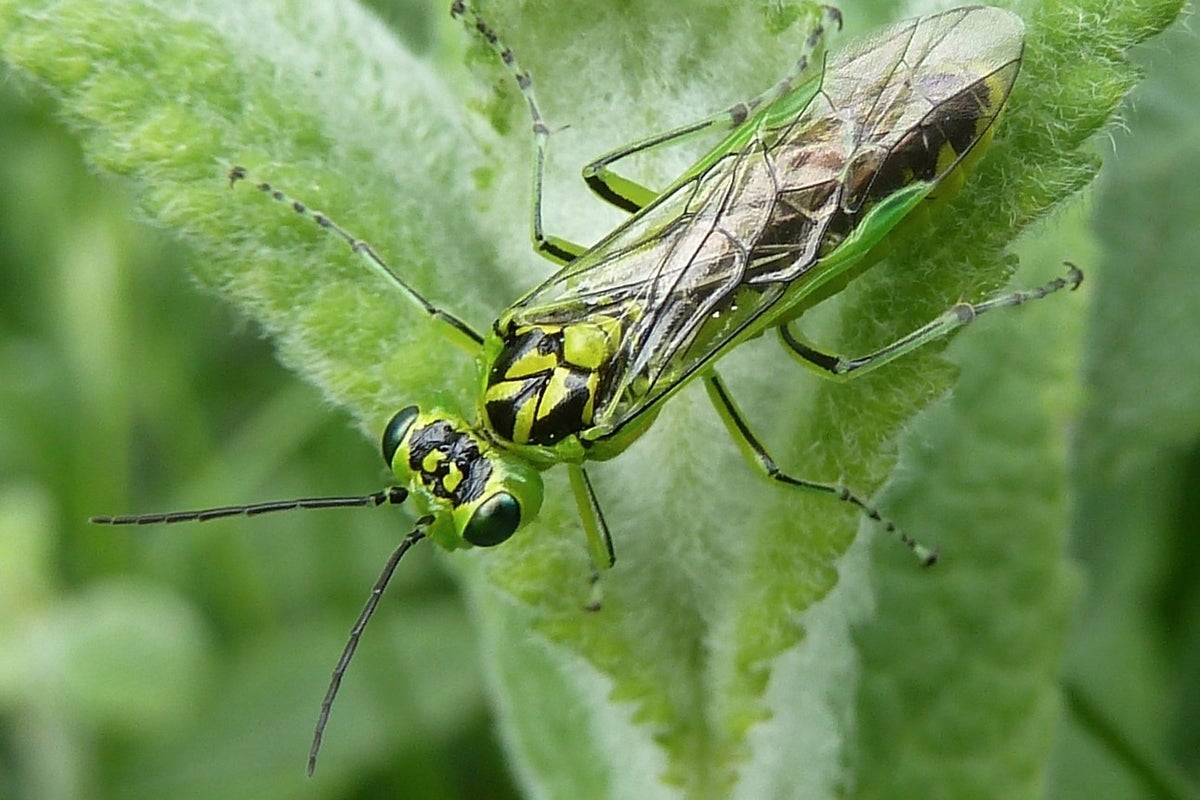Unbelievable Discovery: How a Wasp-Like Insect Could Revolutionize Surgery!

Imagine a surgical tool that can intuitively know what to cut and what to avoid, all thanks to a tiny wasp-like insect! Researchers at Heriot-Watt University have uncovered a groundbreaking mechanism in female sawflies that could change the face of modern surgery.
These fascinating creatures possess an ovipositor—an organ used for laying eggs—that acts like a biological reciprocating saw. What makes this discovery so remarkable? The sawfly can make precise incisions into plant tissues without causing harm to the plant itself, ensuring that it remains a viable food source for its larvae. This is nature's way of engineering a perfect tool, honed by millions of years of evolution.
Dr. Verdaguer Mallorquí, one of the lead researchers, stated, “We’ve discovered something remarkable – a cutting mechanism that essentially thinks for itself.” The sawfly's method of selective cutting is a game-changer; it avoids damaging vital structures like the plant’s internal plumbing, which carries essential nutrients and water.
Taking inspiration from this natural ingenuity, the team scaled the sawfly’s cutting mechanism up by 400 times, testing it on materials designed to mimic human tissue. The results were astonishing—they found that the sawfly’s cutting method operates on a similar stress threshold as human tissues. This means that a surgical instrument based on this biological model could allow surgeons to cut with precision while instinctively avoiding critical tissues.
Professor Marc Desmulliez pointed out how this discovery could have profound implications for surgical practice. He noted that current surgical instruments often fall short in complex procedures, especially in blood-flooded environments where visibility is compromised and the risk of cutting vital structures is high. Imagine a tool that could enhance a surgeon's capabilities by reducing the likelihood of mistakes!
Advanced techniques like electron microscopy and 3D imaging helped the team decode the intricate structure of the sawfly's cutting teeth, revealing how small serrations work alongside larger protrusions to execute selective cutting. This passive cutting mechanism could be the key to developing surgical tools that function more effectively in challenging situations.
The study's findings were published in the journal Bioinspiration and Biomimetics, showcasing the potential of nature-inspired innovations in medical science. As this research develops, it could lead to a new era where surgeries are safer and less invasive.




























